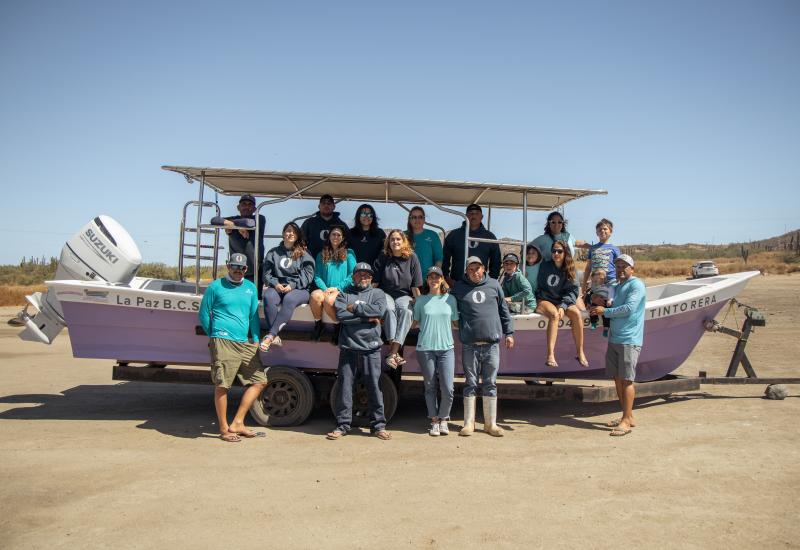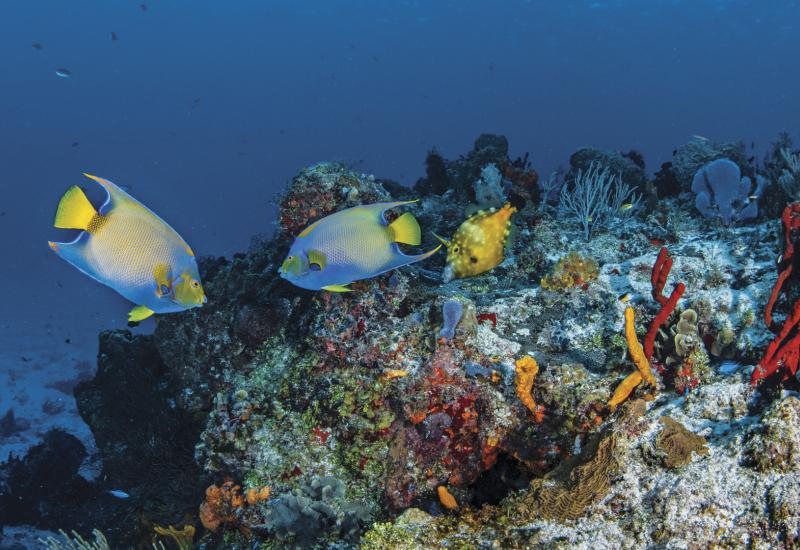Photographing Crocodiles in Mexico
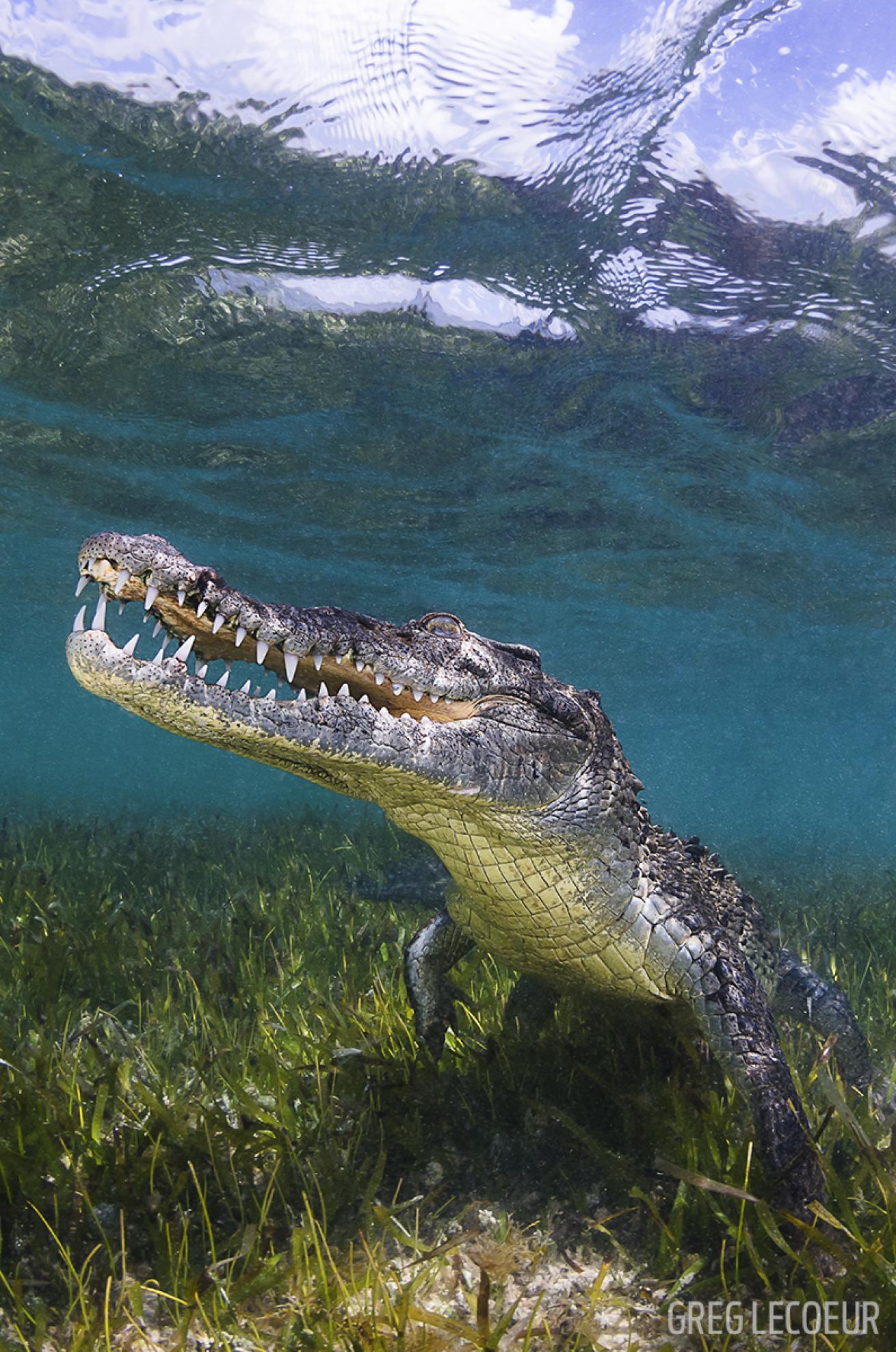
Greg LecoeurReliable encounters with American crocs are possible at Mexico’s pristine Banco Chinchorro.
When divers talk about the big-animal encounters they’ve dreamed of or experienced, the conversations often conjure images of powerful, predatory fish like sharks and marlin, or massive marine mammals like whales and sea lions. Crocodiles rarely enter the picture — which, in the eyes of adventure seekers, is a sizable oversight. There are 14 species of crocodile found around the world, and they’re most often associated with murky, swampy regions like Africa’s Okavango Delta, where Nile crocodiles hunt with ruthless efficiency.
But not all of these toothy predators live in fresh water. Australia is well-known for its massive saltwater crocs. They’re the largest living reptiles on the planet — growing up to 20 feet long — and they prowl the coastline, along with inland rivers and billabongs, sometimes even swimming far out to sea.
Though knowledge about Aussie crocodiles’ tendency toward seawater is relatively widespread among divers and nondivers alike, far fewer realize that American crocodiles do the same thing.
Slightly smaller than their relatives Down Under, American crocodiles grow to around 15 feet long over their 70-year lifespan and weigh up to a ton. They inhabit a wide range of locales, from the Everglades in southern Florida to many parts of the Caribbean, Mexico, and Central America and South America. In fact, the world’s largest known population of American crocs is found in the Dominican Republic, near the Haitian border, where they live in a landlocked saltwater lake called Lago Enriquillo.
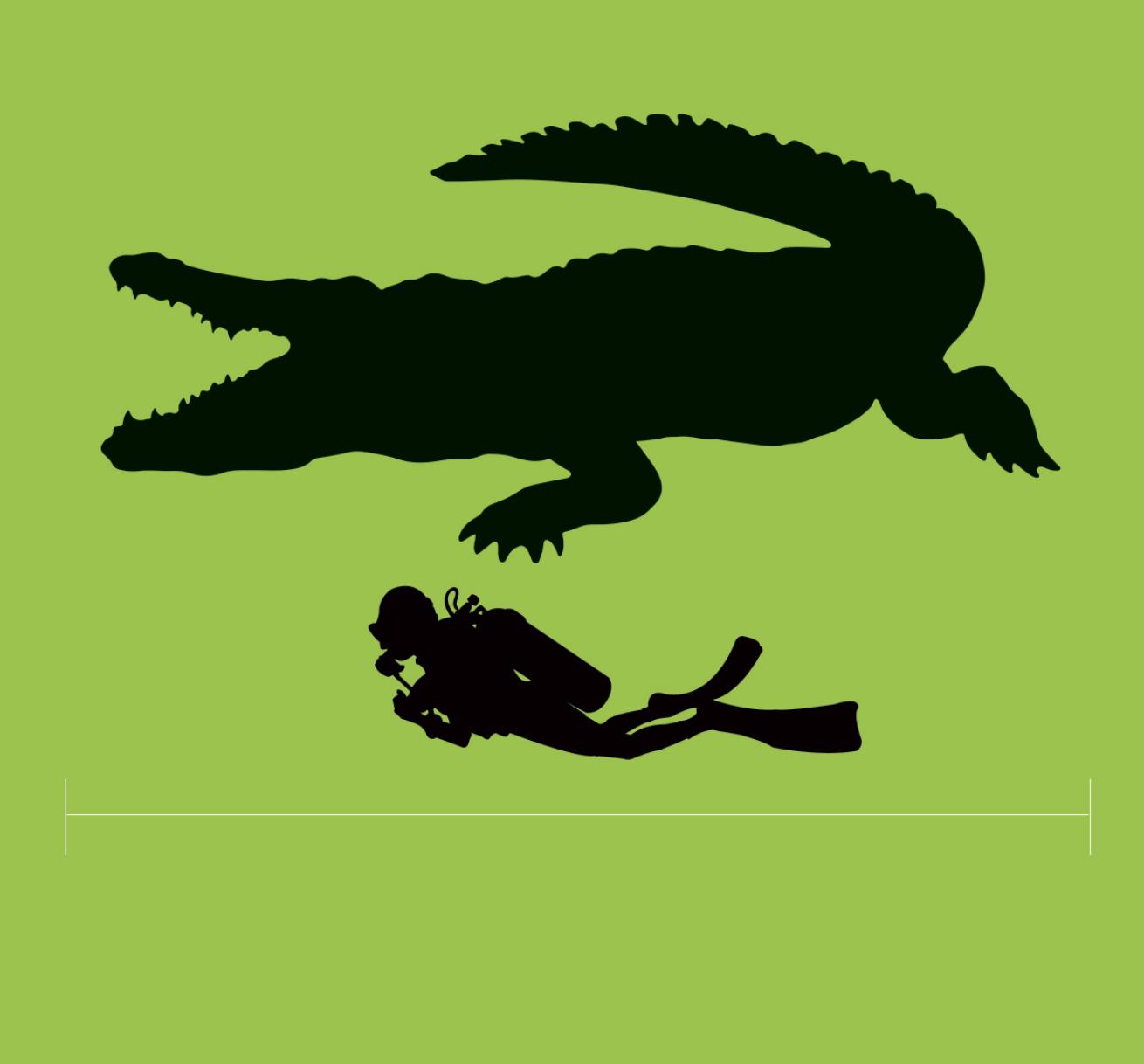
Monica AlbertaAmerican crocodiles grow to around 15 feet long over their 70-year lifespan.
Those with the salt to encounter these prehistoric predators in their underwater environment shouldn’t set their sights on the Dominican Republic, because there’s only one place where people can reliably swim alongside American crocodiles in warm, clear water: Mexico’s Banco Chinchorro.
Located off the southern Yucatan peninsula, Banco Chinchorro is the largest atoll in the western hemisphere. Atolls are rings of coral reef with shallow lagoons inside and steep drops outside, and Banco Chinchorro is part of a unique collection found along the Mesoamerican Barrier Reef, which includes the atolls of nearby Belize. Topside, this UNESCO Biosphere Reserve is home to a handful of seasonal fishermen who have makeshift huts on the low-lying islets. Some offer Spartan overnight accommodations for visiting divers.
The reefs and wrecks ringing the outside of the atoll offer thrills for scuba divers, but encounters with crocodiles are snorkel-only experiences. The crocs generally split their time between sunbathing on the beaches and cruising the sea-grass beds that grow in the shallow interior of the lagoon, where the water is only a few feet deep.
These experiences are generally segmented into small groups of snorkelers, with divemasters in front and back to serve as lookouts while the group watches and photographs these unusual creatures. Most of the time the crocs remain fairly placid.
“The crocs at Banco Chinchorro are cautious and reserved,” says underwater photo pro Amanda Cotton. “This allowed us to get quite close to the animals in shallow, clear water, in a safe and controlled manner. Still, moving in close to a large crocodile in the water for the first time was a nerve-wracking experience for me, especially considering so few people had done it at this location at the time.”
Since then, Chinchorro has become a hot spot for these encounters. “It’s an incredible place because of its remoteness and lack of human impact,” says Cotton. “Bring a sense of adventure and a healthy respect not only for the animals and environment but for the community too.”
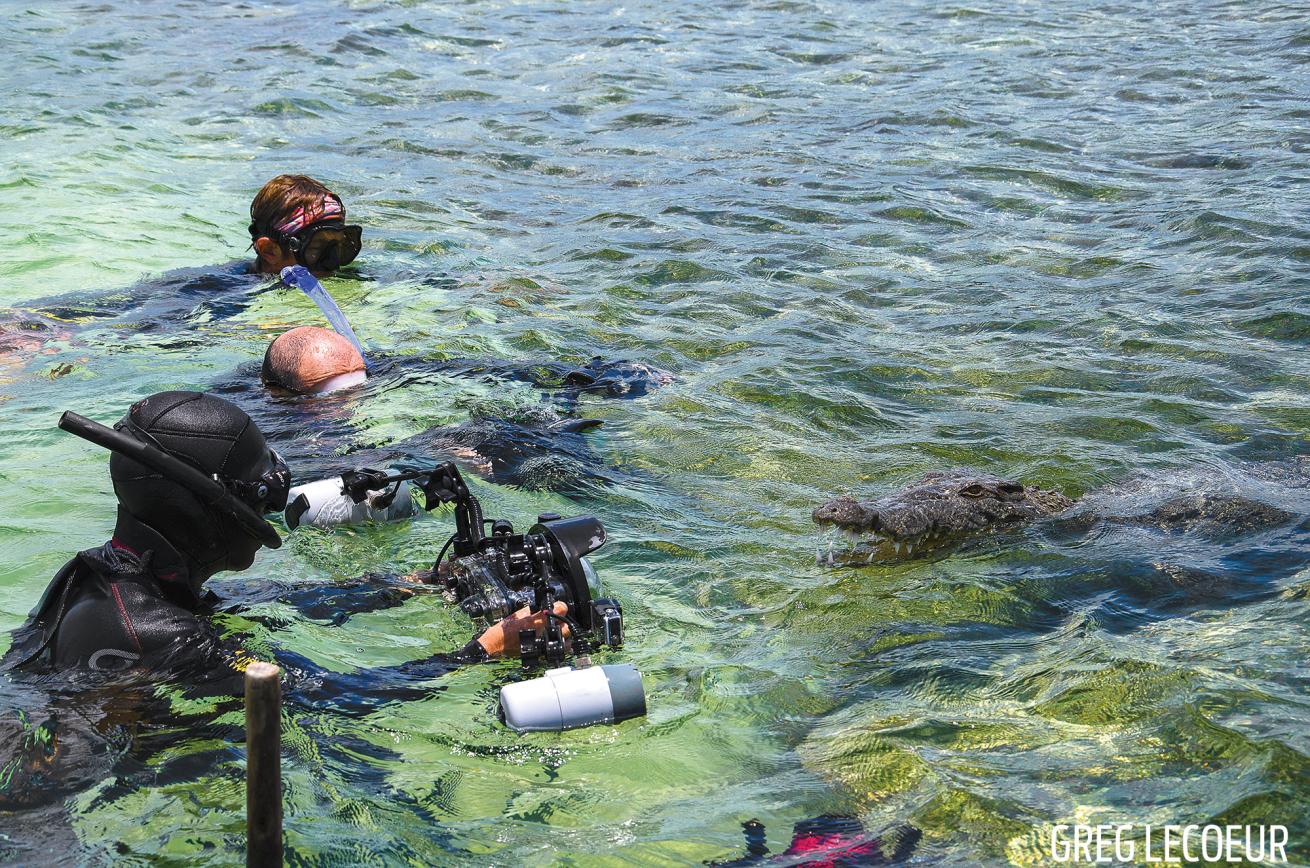
Greg LecoeurUnderwater photographers looking for amazing photos of crocodiles head to Banco Chinchorro, Mexico, for up-close encounters with these reptiles.
Facts About Crocodiles
Max Length: 15 feet
Max Weight: Up to 2,000 pounds
Lifespan: Up to 70 years
Conservation Status: Vulnerable
Fun Fact: Crocodiles lay between 10 and 60 eggs at a time, and hatchlings live in their eggs for 55 to 110 days.


